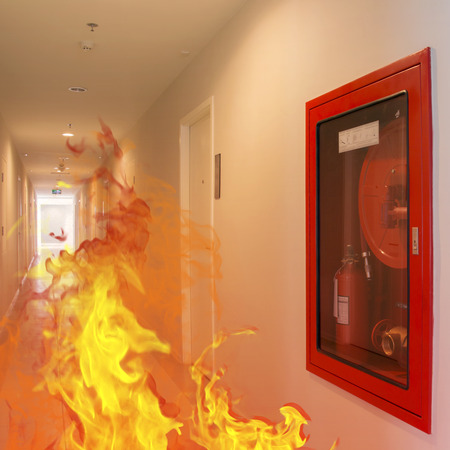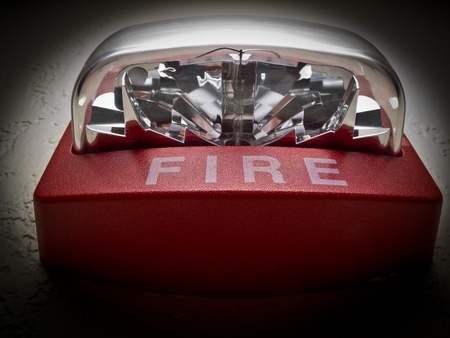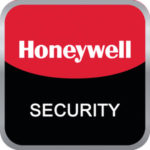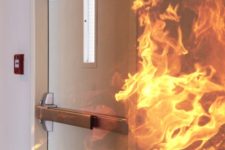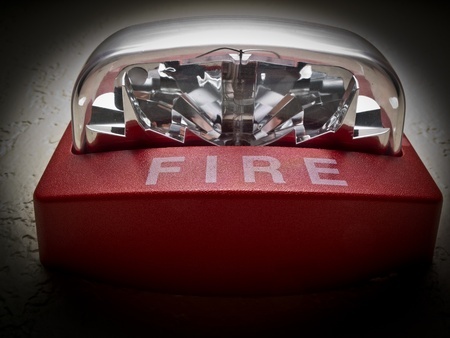Fire extinguishers are a critical piece of an overall fire alarm and safety system as they provide the first line of defense to extinguish a fire before it becomes uncontrollable, dangerous and deadly. It is important for all commercial properties to maintain recommended extinguisher inspection requirements so that your extinguisher will be ready when needed.
All fire extinguishers are required to be inspected internally on a monthly basis and annually by a professional and licensed fire extinguisher service company. Monthly inspections should be recorded on the back of the tag with the initials of the person doing the internal inspection. Fire extinguisher professionals should record their inspection on the tag with their annual inspections.
Monthly internal extinguisher inspections must include:
- checking the pressure gauge to be sure it is pointed to green and ready to go
- a visual inspection to be sure there is no rust or corrosion on the extinguisher
- verification of overall readiness and easy access
Annual extinguisher inspection requirements from a licensed professional must include:
- Overall visual inspection of the unit and components for readiness
- Verifying the pressure is adequate with the pressure gauge
- Locking pins and valves are in place and undamaged
- Verification of the chemical compound and weight of the extinguisher
- Any required six-year inspections on extinguishers six years old from the manufacture date
- 12 year required inspections that include in-depth service and recharging
High-Rise Security Systems Offers Licensed Extinguisher Inspections
HRSS provides licensed fire extinguisher inspections for all types of commercial properties in and around the Chicago area. We offer professional extinguisher services for all types of extinguishers including those rated for class A, B, C, D, and class K fires. We make sure that your fire protection system is ready to use and provides a reliable protection intended to contain any fires before they become an uncontrollable.
HRSS is recognized as a leading fire and safety systems provider, offering professional and licensed inspection and testing services of your fire alarm system including portable extinguishers. Contact us today to learn more and to speak with a fire protection specialist for all your extinguisher inspection requirements.
